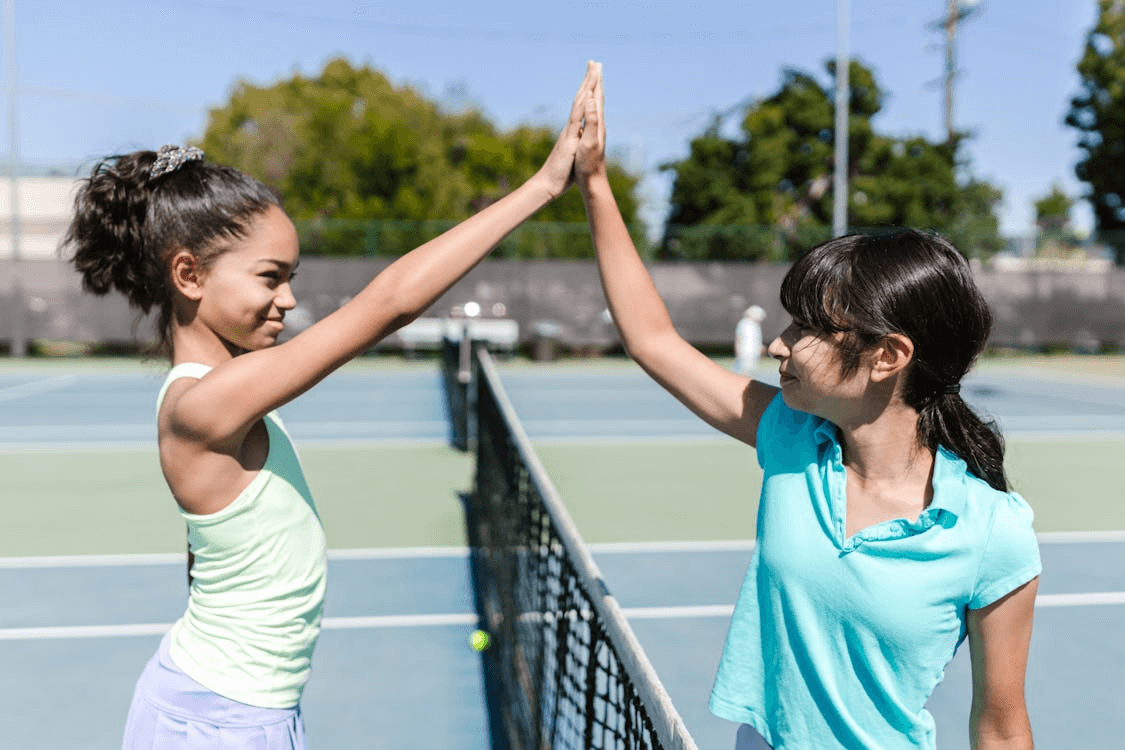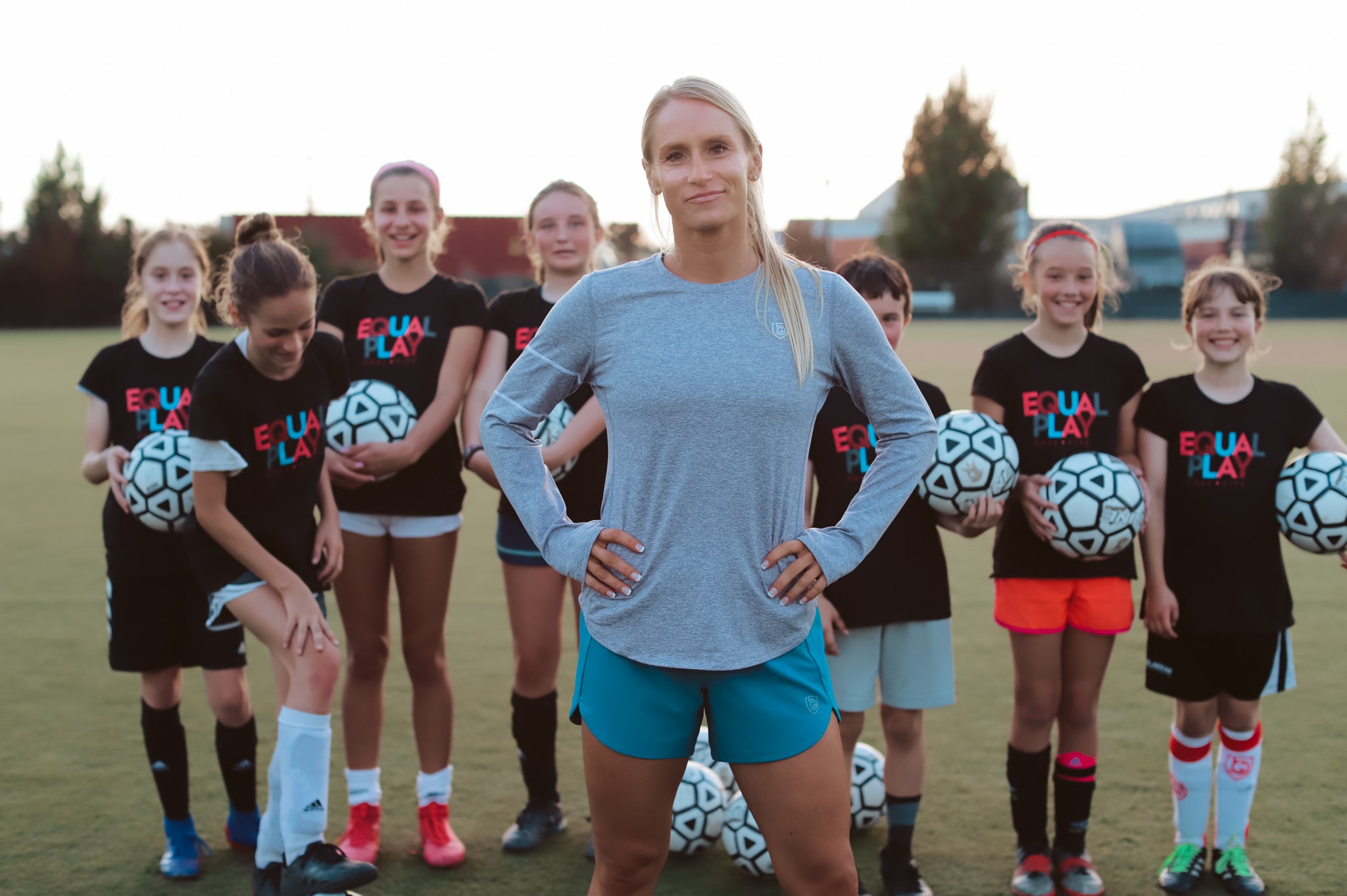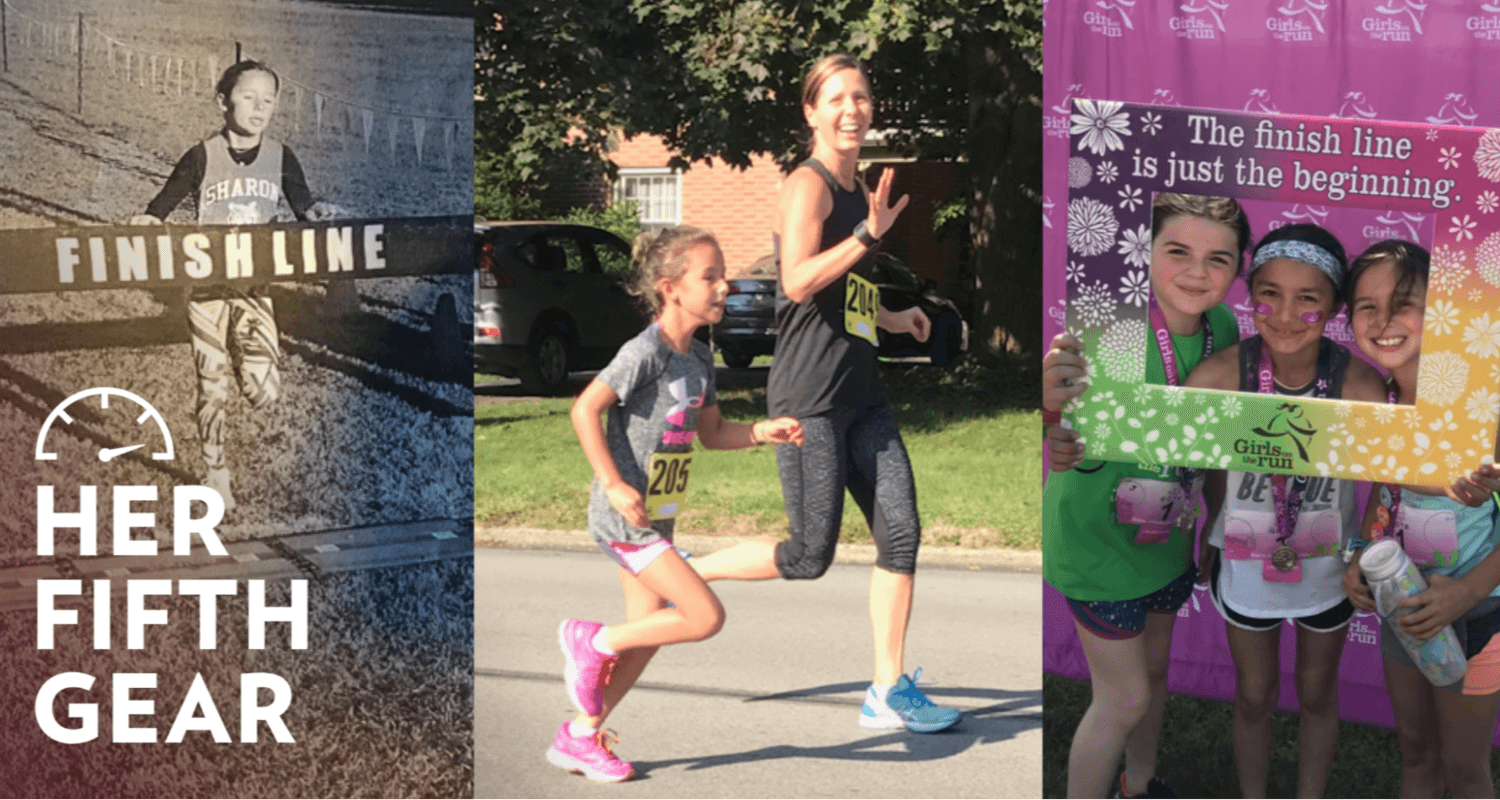Areas of Improvement for Girls in Sports + How Athletics Can Help Development
In 1972, President Nixon signed a law known as Title IX making it illegal for schools to discriminate against girls in athletic programs. Since then, the number of girls participating in sports has increased significantly. From 1971 to 2011, the number of participants has gone from 295,000 to 3.2 million.
Girls who play sports have a higher chance of graduating from high school and earning better grades, and are also reported as having better self-esteem and confidence when they were younger. According to a survey conducted by Fortune 500 executives, athletics is one of the most important factors that women can consider when it comes to their success.
Barriers in Girl’s Sports
According to the Women’s Sports Foundation, girls have fewer chances to participate in sports than boys. There are 1.3 million fewer opportunities for high school athletes in the organization's database. Girls' sports programs are also less equipped with the necessary resources, such as fewer playing fields and equipment.
There are also fewer qualified coaches for girls' sports programs, as they may prioritize male programs that have more resources for training. These factors can result in less enjoyable environments and decrease the quality of sports for girls.
Social Pressure
Peer pressure and social dynamics can affect a girl's behavior, as they may be put under pressure to conform to certain gender norms. CNBC also reported that puberty can cause girls to feel uncomfortable and self-conscious. Girls may be put under pressure to participate in certain activities that are perceived as feminine or socially acceptable, which can lead to them avoiding sports that are considered unfeminine or masculine.
According to Women in Sport, internalized stereotypes can lead to girls questioning their sense of belonging and abilities when it comes to participating in sports.
The organization also stated that a fear of being judged negatively for their appearance or perceived sexuality can prevent girls from participating in sports. Negative comments and social pressure can affect the self-esteem of female athletes, which can be especially problematic during adolescence, when body image issues are prevalent.
According to a report by Scripps News, experiencing negative peer pressure, such as social isolation and bullying, can result in depression and anxiety for female athletes. Peer pressure can lead to anxiety about not performing well, which can affect an individual's performance.
Girls may withdraw from participating or quit due to negative experiences, such as bullying, cliques, or the lack of support from their peers or coaches. Additionally, they may feel inadequate to play due to fear of injury or a lack of confidence.
Maintaining a feminine image and conforming to gender norms can lead to mental health issues for female athletes, which can include depression and anxiety. Stereotypes that claim that sports are exclusively for men can lead to feelings of marginalization and undervalued participation. Furthermore, there are not enough prominent and visible female role models within the sport, which can make it challenging for girls to envision their future in athletics.

If a parent has a traditional view of how girls should act and succeed in sports, this can negatively affect their child's enjoyment and commitment. The media portrayal can also reinforce the stereotype that female sports are not as exciting or significant as males.
According to a report released by Women in Sport in 2022, 78% of teenage girls avoided sports when they were on their period, 73% didn't like being watched, 56% didn't like sweating, and 43% didn't feel safe when exercising outdoors.
Puberty Effects
Even though there will always be individuals who don't like sports, girls have limited choices when it comes to their participation. Not only are they prohibited from engaging in physical activity, but they may also feel unsafe as they grow older.
Young women are not growing with sport, and their self-esteem and confidence in their ability to play are being negatively affected as well. While puberty presents its own challenges, the stigma surrounding menstruation can keep discussions about working out away from the table.
Positive Effects of Sports
Girls who engage in sports have positive effects on their academic, social, physical, and mental development. Physical fitness is one of the most important factors that can improve a person's health, which can help them build stronger bones and muscles and maintain a healthy weight.
According to studies, girls who participate in sports have lower BMIs, and they're less prone to obesity. They can also develop a stronger immune system and lower their risk of chronic illnesses. In addition, weight-bearing activities can help strengthen bones and prevent them from developing osteoporosis.
Girls who play sports tend to have higher levels of self-esteem and confidence. The Women's Sports Foundation claims that such physical activities can also help decrease the symptoms of depression and anxiety and promote a more positive body image.

Girls who participate in sports tend to experience better psychological health than their non-participating counterparts. Sports can help develop a positive relationship with one's body, as it lets them focus on what it can achieve instead of just how it looks.
Bonds with Peers
Sports require communication and collaboration, which can foster teamwork and a sense of purpose. Girls can learn how to handle pressure and make decisions through these activities. Research has shown that many women in leadership roles have a background in athletics.
Developing friendships and bonds with their peers is very important for girls in sports. Perseverance and resilience are also important lessons that can be learned from experiencing losses and victories in the sport.
Academics
Importance of Equity & Inclusion
Sports can be made more accessible through the promotion of opportunities that allow women and girls to participate in and lead sports. This can be achieved through programs such as the US Department of State's Empowering Women And Girls Through Sports initiative.
The WSF and other groups offer grants and programs that are focused on increasing the number of girls participating in sports. For instance, Sports 4 Life is a program that aims to help girls of color in disadvantaged communities.

Visibility & Areas for Improvement
The rise of online streaming platforms and increased coverage of women's sports have helped make these activities more accessible to a wider audience. Aside from having knowledgeable and consistent media coverage, the organization noted that it is also important to include women's content alongside that of men's in order to make it more inclusive.
Having more visibility for female athletes on social media and in the media can provide them with positive role models that can inspire others to join sports. The funding and investment needed to improve the equipment, coaching opportunities, and facilities for women's sports are some of the issues that UN Women highlighted.
It is important to ensure that women and girls have easy access to top-quality sporting facilities, whether in safe locations or at certain times. This includes looking into accessibility for individuals with disabilities.
Getting around efficiently and conveniently is also a must in order to make sports more accessible for women and girls. This can be done through the establishment of safe routes to the facilities and the availability of carpools and public transportation.
Why Goal Five For Your Athletic Apparel Needs?

The company's brand ambassadors are responsible for sharing the company's vision and mission, as well as helping female athletes connect with one another. Goal Five goes beyond just being a clothing label, as it's dedicated to helping girls succeed by providing them with motivation, resources, and tools.
Through its products, Goal Five aims to empower girls by creating apparel that is made for women which supports organizations that promote girls' participation in sports. This dual approach to social impact and functional apparel helps promote gender equality.
The company addresses the gap in the market by designing apparel that is made for women's bodies and designed to provide a more comfortable and confident experience for athletes.




Leave a comment
This site is protected by hCaptcha and the hCaptcha Privacy Policy and Terms of Service apply.